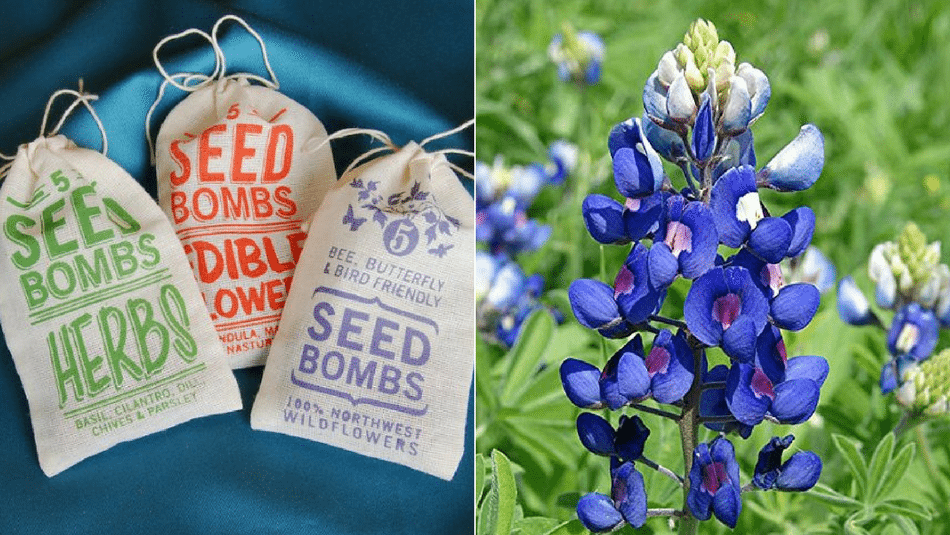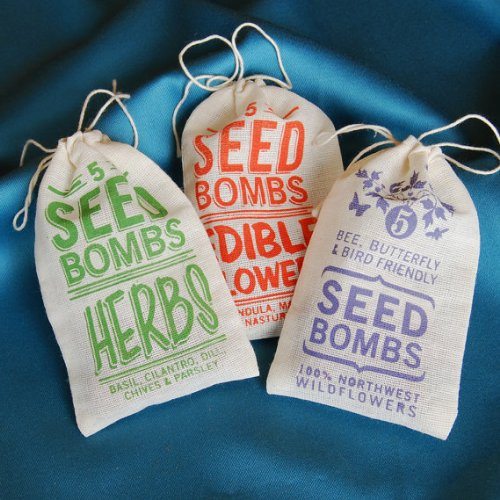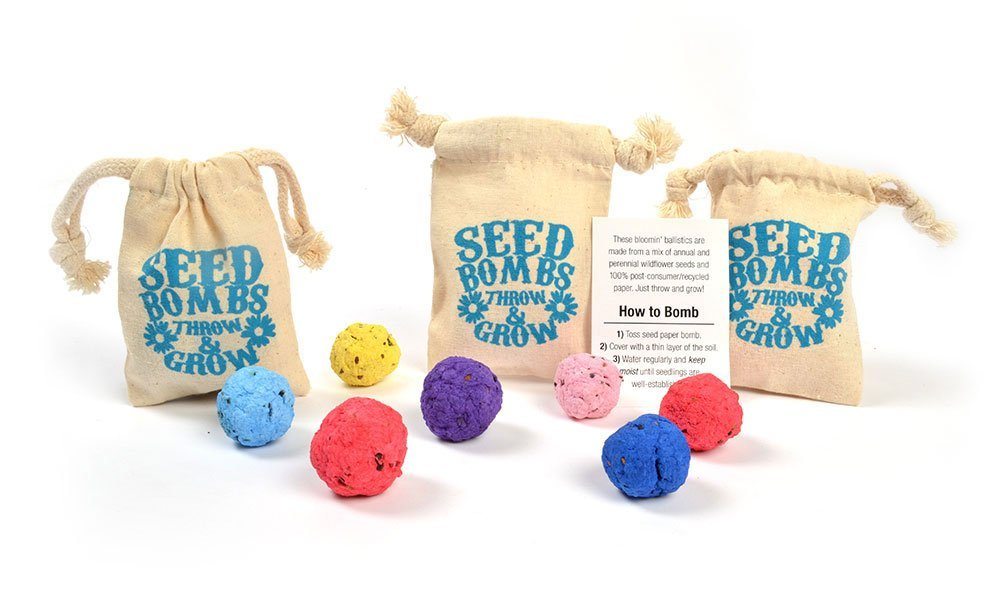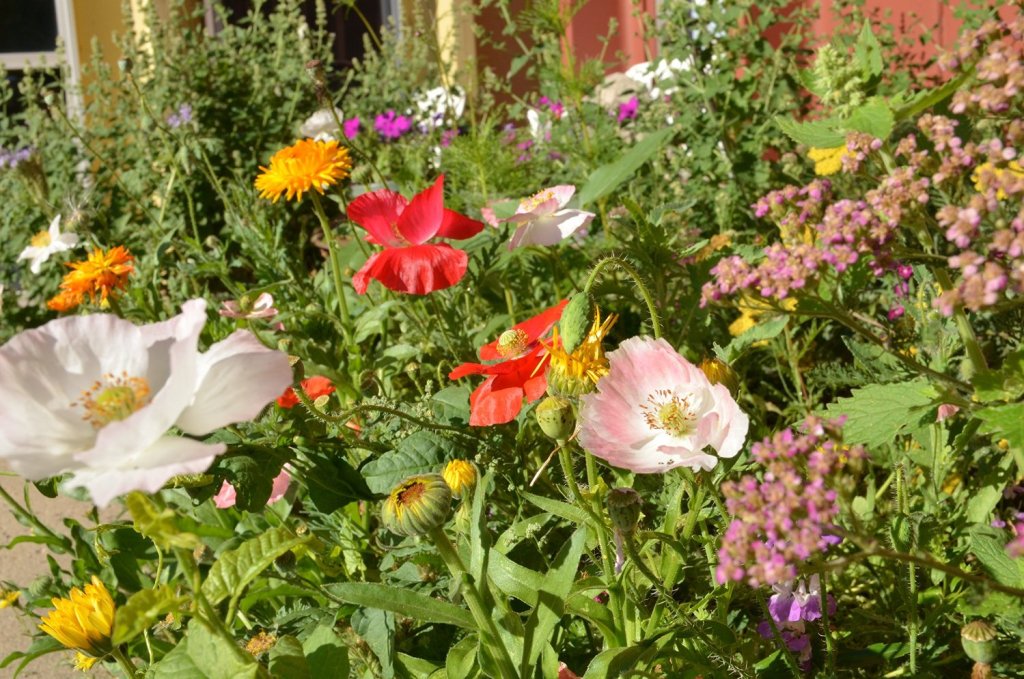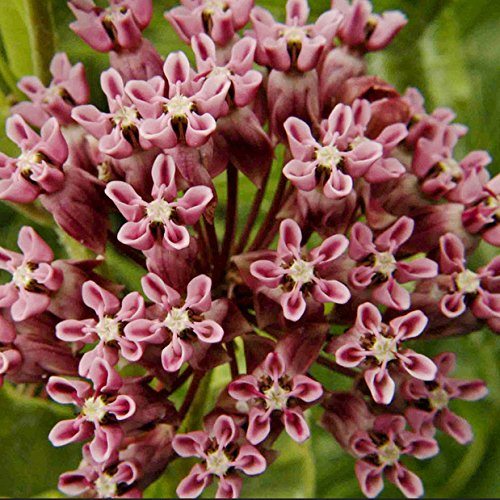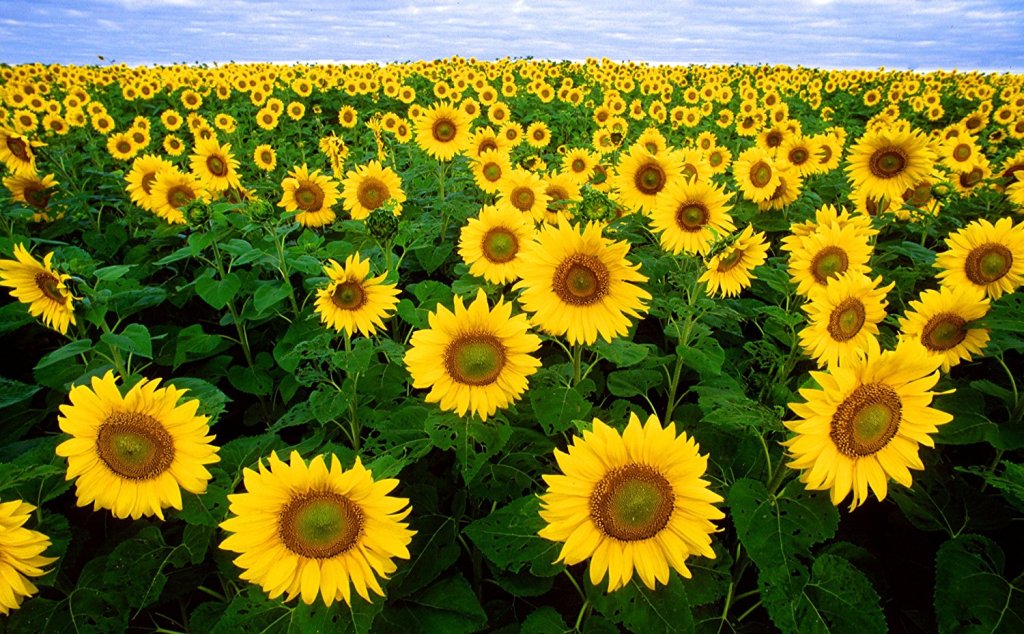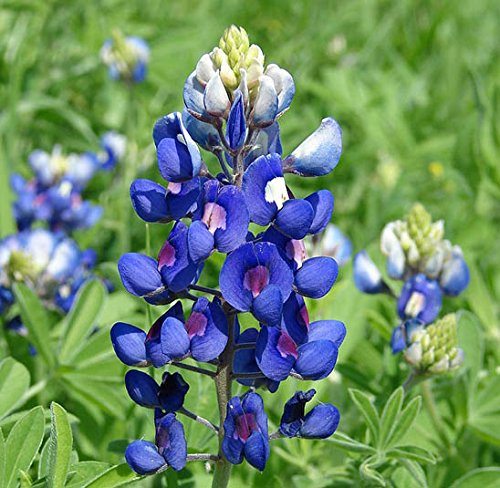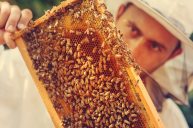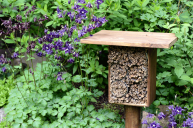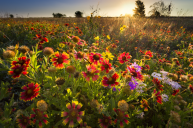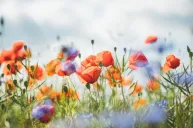The honey bee population across the world is diminishing at a rate unlike one scientists have ever seen. While the saying Save the Bees is a common environmentalist cry, it is so for an exceptionally good reason. In recent decades, natural bee habitats have been bulldozed in favor of residential areas and development. Removing natural habitats across the U.S. for honey bees (and hummingbirds and butterflies) makes it difficult for beekeepers to stabilize their colonies and brings natural pollination of local agriculture to a screeching halt.
While we've discussed the cause of the decimation at length here, this article is dedicated to providing some hands-on solutions in the form of seed bombing. Seed bombing falls under the concept of guerrilla gardening, an urban gardening movement that looks to build up environmental areas everywhere, whether it's a city or otherwise.
Seed bombing (and making seed bombs) is a fun family activity and works as an educational way to get your kids especially involved in an outdoor activity that benefits the environment. By just heading outside in the wide open, you're giving them the gift of exploration. Returning to the sites, later on, to see the flowers blooming shows how effective and fun one small act can be.
Here are our favorite seed bombs for you to start participating in your own random acts of gardening.
1. 3-Pack of Organic Seed Bombs
This 3-pack of 5 bombs each is divided into edible flowers, salad greens, and herbs. The salad greens bomb includes chervil, red lettuce, cress, Swiss chard, and arugula.
The edible flower seed bombs include nasturtium, calendula, and marigold. The herb seed bomb includes basil, dill, cilantro, chives, and parsley.
When you launch the seed balls into the air, they break open on impact and rainfall helps to incorporate it further into the soul. They're perfect for throwing in the spring where they will get enough water.
These seed mixes are perfect to plant in a large area such as a vacant lot or barren land.
2. Bloomin' Wildflower Seed Bomb Bags
This 3-pack of 6 bombs each are specifically wildflower seed bombs, which is perfect for honey bee populations.
After the first rainfall, you can expect to see wildflowers grow within one to three weeks from these golf ball size bombs, making this one package almost instantly gratifying in the gardening world. You can use these wildflowers spring, summer, or in early fall. In the winter, you can pop them into a pot with some potting soil and bring them inside.
3. Prairie Milkweed Seed Bombs
Prairie Milkwood is the primary food source of Monarch butterflies and also support honey bees and bumblebees. The flower is a native species to the Midwest and more temperature climates, but they can be planted in more northern zones of Texas and the South.
Sow these from September to December for the best results.
4. Black Oil Sunflower Seed Bombs
These sunflower seed bombs come in a pack of 50 with two to three sunflower seeds per ball. You can plant them any time of year and they benefit a smattering of animals, from bees to butterflies to chipmunks to squirrels.
This is one area you'll keep returning to year after year to see just how high your sunflowers are growing.
5. Texas Bluebonnet Seed Bombs
Bluebonnets, the beautiful blooming flower of Texas, can be seed bombed, too. A pack of 20 seed bombs each with two to three seeds per ball will arrive right on your doorstep.
Bluebonnets thrive in the South Central U.S., and do best in full sun so be sure to bomb any open field as you see fit. They also support bee populations in addition to providing great photo opportunities in the springtime and summer.
